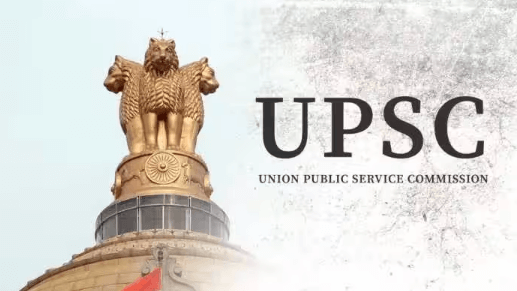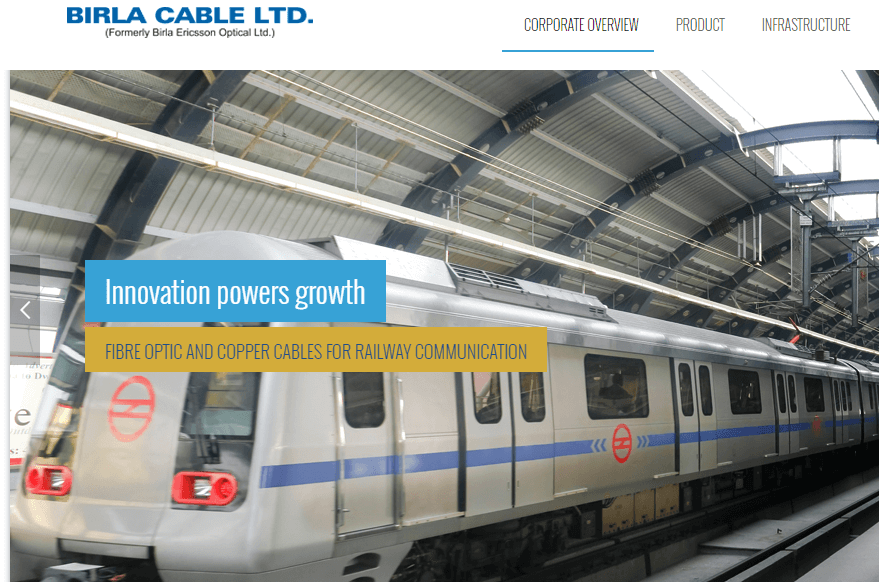The Indian Space Research Organisation (ISRO) is planning to develop a space tourism module to enable enthusiasts to take a trip to space. The estimated cost of the trip is around Rs 6 crore per ticket, and enthusiasts will be able to call themselves astronauts. The module is likely to feature sub-orbital space travel, which generally involves spending 15 minutes at the edge of space, experiencing a few minutes in a low-gravity environment before the spaceflight descends back to Earth.
The module’s development will involve partnerships with private firms through the Indian National Space Promotion and Authorisation Centre (IN-SPACe). ISRO will use the Reusable Launch Vehicle—Technology Demonstrator (RLV-TD) to gather more knowledge about spaceflight safety.
Challenges and Concerns for Space Tourism
- High cost, which makes it inaccessible to most people
- High degree of risk, requiring reliable spacecraft and emergency procedures
- Significant medical challenges, including changes in gravity and radiation exposure
- Lack of international regulatory framework, which requires governments to work together to establish safety and sustainability standards and regulations
- Significant environmental impact, including increased emissions, waste, and damage to the atmosphere and the ozone layer.
Importance and Benefits of Space Tourism
Despite these challenges, space tourism has several benefits
Firstly, it can contribute to the growth of the space industry and generate revenue for space companies.
Secondly, it can create jobs, stimulate innovation, and attract investment in related industries such as hospitality and entertainment.
Thirdly, it can increase public interest in space exploration and encourage more people to learn about the universe, astronomy, and space technology. This could lead to more funding for space research and development.
Fourthly, the development of space tourism requires the advancement of space technology and infrastructure, such as spacecraft, launch vehicles, and space habitats. This could have positive spillover effects on other sectors, such as transportation, energy, and communication.
Finally, space tourism can potentially help reduce the environmental impact of tourism on Earth by providing an alternative destination for travelers.
Other Countries with Space Tourism Modules
- The United States, Russia, China, the United Arab Emirates, and Japan are all involved in space tourism.
- The United States is a leader in space tourism with private companies like SpaceX, Blue Origin, and Virgin Galactic.
- Russia has been involved in space tourism since 2001 and has sent paying tourists to the International Space Station using Soyuz spacecraft.
- China is a new player in the space tourism industry, with plans to build its own space station and potentially offer space tourism in the future.
- The UAE recently sent its first astronaut to the ISS and has expressed interest in developing space tourism as part of its economy.
- Japan has sent several astronauts to the ISS and is involved in the development of space tourism through private companies like PD Aerospace.
MCQs on Challenges and Benefits of Space Tourism
-
What is the primary challenge facing space tourism?
A. High cost
B. Lack of international regulatory framework
C. Environmental impact
D. Medical challenges
-
Which of the following countries is a leader in space tourism?
A. Japan
B. China
C. Russia
D. United States
-
Which country recently sent its first astronaut to the International Space Station and expressed interest in developing space tourism?
A. Japan
B. China
C. Russia
D. United Arab Emirates
-
What is a major concern for both tourists and operators in space tourism?
A. Lack of international regulatory framework
B. Environmental impact
C. High cost
D. Safety
Boost up your confidence by appearing our Weekly Current Affairs Multiple Choice Questions
![]()


